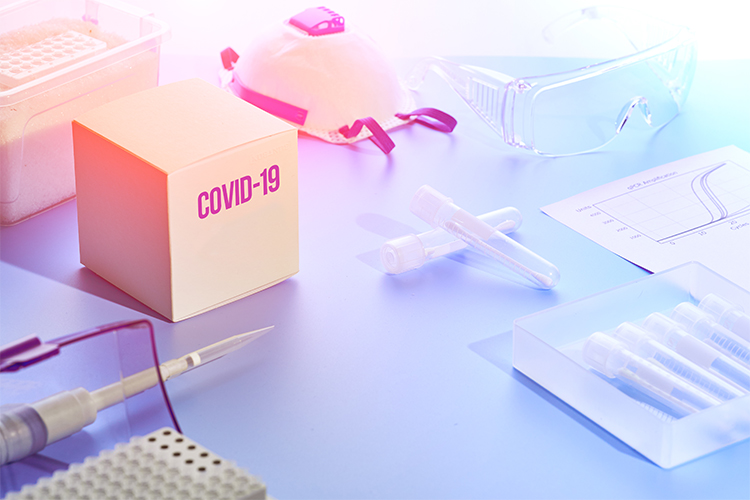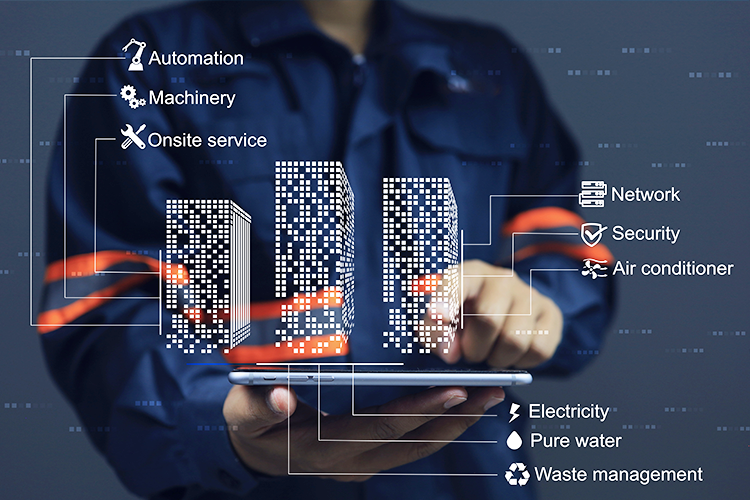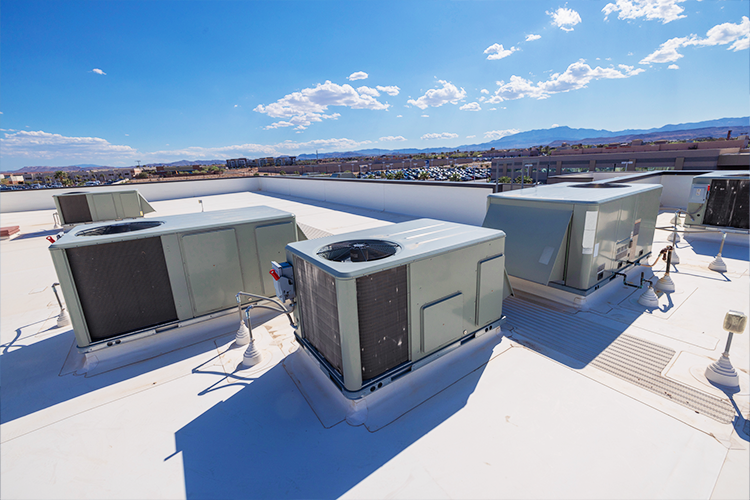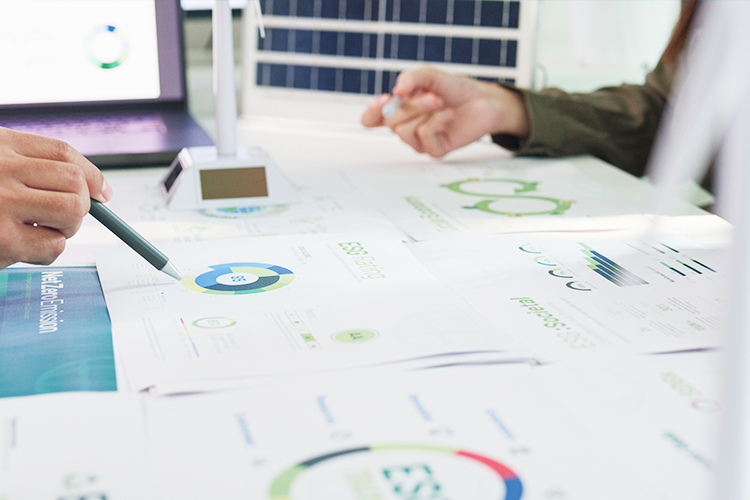COVID-19 Highlights the Value of Disinfection Lighting
May 14, 2020
Growing up near the ocean, whenever I felt under the weather or just needed a mood lift, I made my way to the beach. There the feel of the warm sun on my skin and accompanying breeze always seemed to wipe away whatever ailed me.
At the time, I didn’t know that the warmth I felt was the sun’s ultraviolet (UV) rays, which have the power to kill harmful pathogens, including viruses and bacteria, while also creating beneficial Vitamin D within the human body.
In fact, using sunlight for its UV disinfecting capabilities isn’t a new idea. Developing countries often expose drinking water to sunlight as an effective and affordable way to kill harmful bacteria. It has also been used as a complementary indoor disinfectant for more than 30 years.
While not meant to replace standard cleaning practices, UV lighting applications currently include air handling units, food processing conveyor belts, ambulance interiors and hospital surgery rooms.
UV lighting is used because it’s effective—up to 99.9(9)% depending on time and intensity of exposure—in killing a variety of pathogens that cause diseases ranging from the flu and Severe Acute Respiratory Syndrome (SARS) to athlete’s foot, staph infections, ringworm and MRSA.
As communities struggle to understand the immediate and long-term implications of COVID-19, UV lighting becomes a realistic option. The University of Nebraska Medical Center made the news for using ultraviolet germicidal irradiation (UVGI) to preserve personal protective equipment, including N95 masks. Not only did this approach improve conservation in a general sense, it continued to make available precious resources for this county’s front-line responders. It is noteworthy that this was not the first time the hospital relied on this lighting technology: in 2014 it was used to disinfect rooms where Ebola patients were treated.
Retailers are taking action as well. A recent 60 Minutes story about the safety measures Amazon is taking to protect its workers from COVID-19 featured footage of an automated guided vehicle equipped with UV lighting the company is testing for use in disinfecting its Whole Food’s grocery stores.
While light’s effectiveness in killing the COVID-19 virus is still being evaluated, we believe technology is going to drive a major shift in our collective thinking about lighting’s capabilities. For more than a decade it has been a way to save energy and operational expenses. However, in this environment, we believe other factors need to be considered when evaluating an investment in lighting.
For example, the promotion of public health and safety, long a priority for hospital settings, should emerge as a consideration in more industries. Consider these value propositions:
- Human Health. According to the EPA, Americans spend about 90 percent of their time indoors. This puts people at risk from elevated pollutants including radon and lead as well as mold and biological contaminant—not just in their homes but in schools and workplace environments.
Long before COVID-19, we have considered the impacts buildings have on asthma and cancer rates along with the spread of infectious diseases like Legionnaires and influenza. Incorporating UV lighting in a whole building system that includes lighting controls and HVAC can address these issues and COVID-19 will accelerate these efforts.
- Brand Promotion. We as a community want to return to stores, theaters, restaurants, places of worship, gyms but we also want to feel safe. Businesses have an opportunity to take a leadership role in this effort similar to initiatives around environmental sustainability.
Providing customers an environment where germs are disinfected from shared spaces such as shopping carts, locker rooms, gym equipment, in a visual, tangible way could be instrumental to helping people feel safe and healthy in public spaces.
- Cleaning Labor Costs. During the pandemic we’ve seen store hours shorten and staff designated to extra sanitization. The added labor costs and increased use of cleaning chemicals and paper products are not sustainable and retailers are examining alternatives, including disinfectant lighting.
As organizations explore their needs for disinfectant lighting, implementation is always a concern.
With lighting as our core business, EMC has always taken a vendor-neutral approach. We maintain relationships with manufacturers who provide standard LED lighting technologies as well as those who have ventured into disinfectant lighting.
Controls capabilities is another consideration for organizations exploring disinfectant lighting as they are a requirement for disinfectant lighting solutions. UV lighting can be harmful and many disinfectant lighting solutions must be implemented without people present. For this reason, it is important to integrate it into a building controls system that allows for motion and occupancy sensors and incorporate scheduling routines for its use.
COVID-19 has brought the world to an unprecedented time in history where we would like to be at the beach with our face to the sun as we contemplate what steps to take to ensure people’s safety. No matter the reason for investing in disinfectant lighting, the maximum value comes from working with a full-service integrator who can understand an organization’s objectives and work quickly to help achieve them.
Aakash Chandarana is EMC’s Director of Advanced Development. His team helps customers realize the value of their existing investments and understand, navigate and implement smart building and IoT technologies. Previously, Chandarana was Vice President of Commercial and Industrial Customer Solutions at Xcel Energy where he was responsible for developing, implementing and managing products and services, including energy efficiency initiatives for medium to large business customers. He holds degrees in business management and biology as well as a law degree from Washington University in St. Louis, Missouri.


